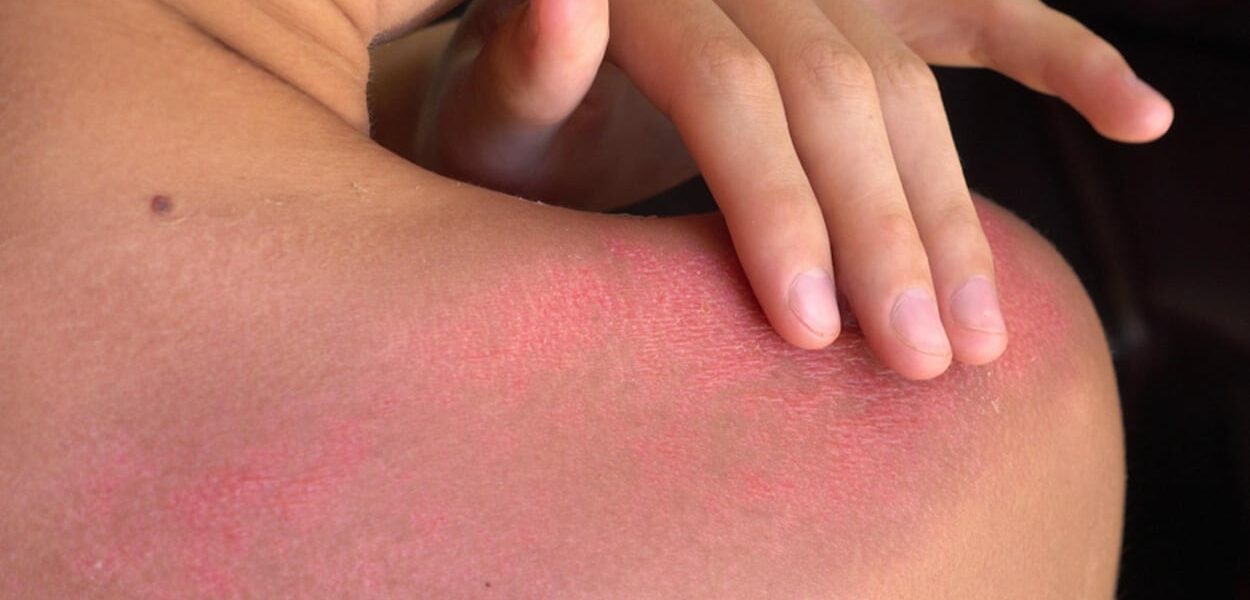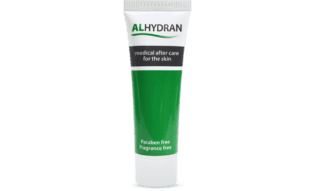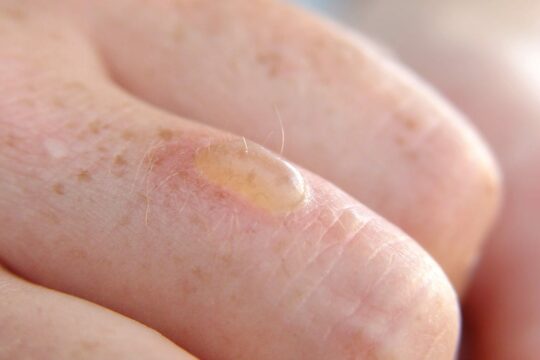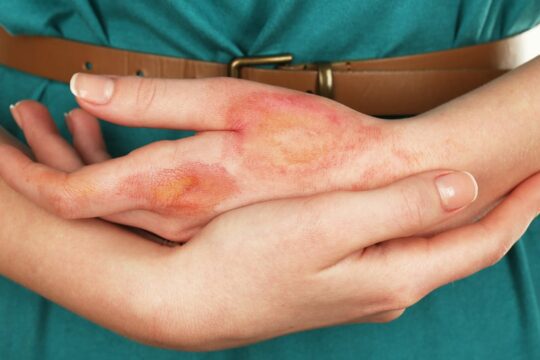How to treat first-degree burn wounds?
Have you sustained a first-degree burn? You can treat it at home.
This article provides 2 practical tips that ensure that you will be inconvenienced as little as possible and that your skin will recover in the best possible way.
If you have any doubts whether you have a first-degree or a second-degree burn, always consult a doctor!
Characteristics of a first-degree burn
- Red and painful skin
- Superficial: the skin is still intact and, therefore, there is no open wound
- Sometimes the skin is inflamed
- The skin is dry and tingles
First-degree burn wounds are, for example, caused by: sunburn, hot water or accidents with a heater or an iron that is too hot.
Note: If you have other symptoms (damaged skin, wet, red/white colour, fever, shivers, a headache, blisters, etc.), you will have a second-degree burn or worse. You must always call your GP and ask for advice in these cases. By preference, do this while holding the burn wound under tepid running water.
First Aid for burns
Resources:
- Initial First Aid Treatment for Minor Burns
American Burn Association - First Aid Clinical Practice Guidelines
British Burn Association - Burns and scalds parents’ leaflet
British Burn Association - Burns: First Aid
The Australian & New Zealand Burn Association (ANZBA) - Initial management of small burns
The Australian & New Zealand Burn Association (ANZBA)
First-degree burns can be treated at home without a problem. The most important tip we can give you with regard to first-degree burns is: Keep the burn wound under gently running tepid tap water for approximately 20 minutes
If you do not have access to water, use ditch water, a wet cloth or anything else that may be available, but never use ice to cool the wound down. This will damage your skin
Aftercare: Treat with ALHYDRAN afterwards
Resources:
- Wound Care and Scar Management After Burn Injury
Phoenix Society for burn survivors - Skin Care after a Burn Injury
Phoenix Society for burn survivors
By treating the burn wound (after wound closure) with ALHYDRAN, you will guarantee a natural and good recovery of the burnt skin.
Note: You must never rub anything on an open burn wound. Therefore, ALHYDRAN must not be rubbed on either! If you have an open burn wound, you will at least have a second-degree burn. Always call your GP when this is the case.
ALHYDRAN will give good results with all burn wounds. Even very serious burns where the skin has been seriously damaged. It is with good reason that burn units and doctors recommend ALHYDRAN to their patients to treat all burn wounds.



